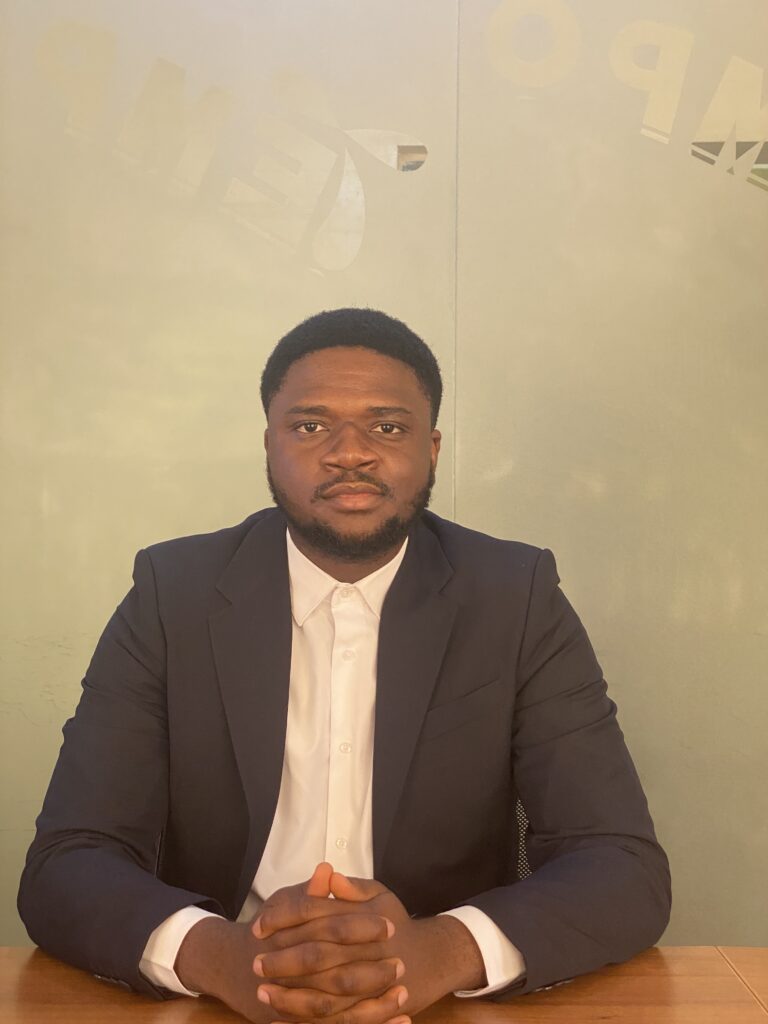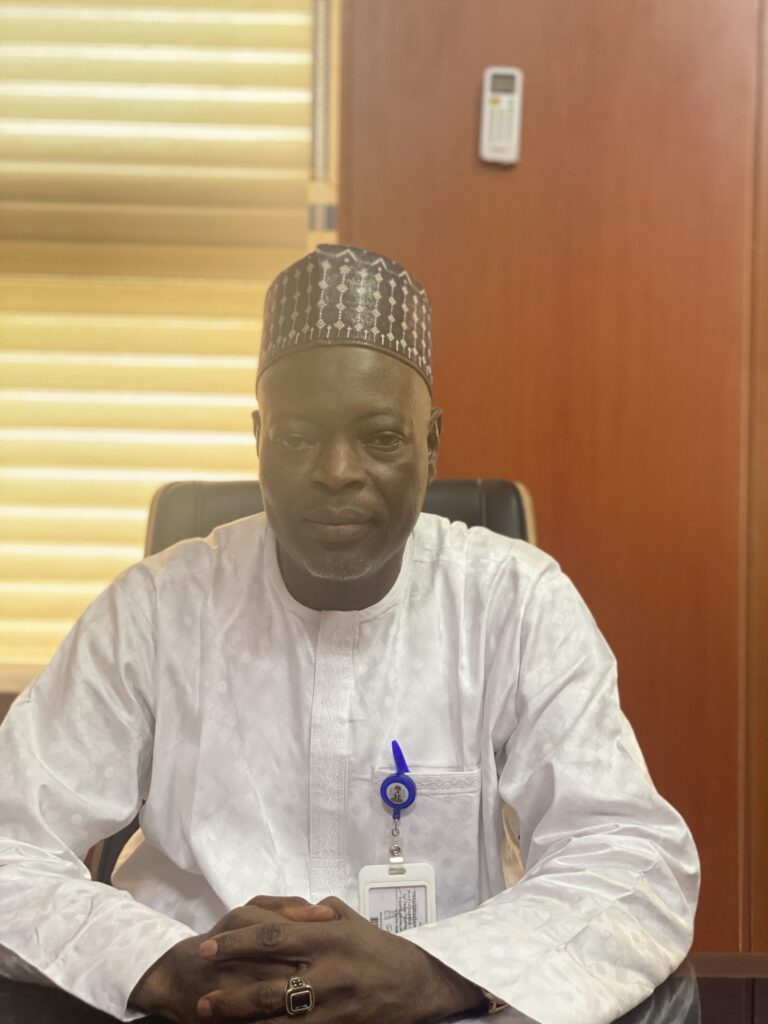When it comes to resource mobilisation there are four conditions that matter.
For illustration, let us start with a look at your LinkedIn account. What fraction of your connections are people you first met face-to-face then proceeded to connect virtually?
Except you are new to the social media network, I am almost certain that the larger part of your connections are people that you discovered (or discovered you) on LinkedIn or elsewhere online. And, due to reasons you and the other person found mutually beneficial, you agreed to connect.
Growing your network across multiple geographies has many benefits. For instance, with a larger network it is more likely that someone in your network could take your business or professional career to the next level. And, importantly, trust plays a key role in influencing if your social media connections lead to tangible collaborations in real-life. And the functionality of LinkedIn helps build trust, as your connections get to know you at a depth not many other options provide.
You might now be wondering what this has to do with tech for resource mobilisation. The answer: everything.
Home Bias and Africa’s resource mobilisation challenge
Globally, investors tend to allocate the majority of their investments to their domestic markets, rather than foreign markets. This is a phenomenon known as Home Bias.
Although in theory cross-border portfolio diversification is a smarter move for investors that would like to maximize return on their investments, studies show that this is not happening in real-life. Furthermore, when foreign investors do choose to go into other markets, they are more likely to do so for markets that share a close proximity to theirs as well as the same language, says this study. As should be expected, information asymmetry and transactions costs are some of the factors behind this tendency.
Its significance to Africa’s resource mobilisation
The 54th Session of the Conference of African Ministers of Finance, Planning and Economic Development was held in Dakar, from 11 – 17 May 2022. An annual event of the Economic Commission for Africa (ECA), this year’s theme was Financing Africa’s recovery: breaking new ground.
According to the ECA Issue Paper, Africa would need $130 billion – $170 billion annually until 2025 to close the infrastructure gap. $66 billion per year would be needed to meet the continent’s health financing needs. Africa would need $39 billion per year to improve access to quality education. And, on top of all these, Africa would need $3 trillion of additional financing for climate change by 2030.
However, the continent is not performing well when it comes to its capacity to mobilise these resources.
In the area of climate action for example, although it is well known that Africa is especially vulnerable to the impacts of climate change, the continent has so far received only $6 billion of the $30 billion spent on climate adaptation globally. According to the report, credit from multilateral and bilateral sources is declining in Africa. In addition, raising debt through external capital markets is limited and expensive. Moreover, with the current inflationary pressure across the globe and hikes in interest rates the ECA notes that this could create the effect of “capital reversals from developing countries”.
Africa would need to address information asymmetry and issues of high transactions costs in order to reduce the impact of Home Bias on the continent’s capacity to mobilise resources from other markets. Moreover, addressing these two issues would be necessary to increase the continent’s own domestic investments, alongside other factors.
How tech can accelerate Africa’s resource mobilisation
Information asymmetry plays out when one party (Party A) knows more about the ups and downs of a transaction compared to the other party involved (Party B). Party A may therefore have an upper hand such that they may be able to benefit substantially from the transaction (or not lose as much) in a manner that may be to Party B’s disadvantage. If Party B is a financier in that transaction, Party B, to reflect the risks perceived as a result of not having sufficient information or the unknown, may provide funding at a high price (e.g., high interest rate and tight conditions) as compensation. Party B may also prefer to stay out of the transaction.
Asymmetric information and high transaction costs (e.g., associated with gaining access to information, etc.) heighten the perceived risks of financing transactions in Africa. Everything else constant, increasing transparency should reduce the difference between perceived and real risks. This should in turn ensure that the risk pricing is in line with the associated risks.
Increasing market transparency, and ease of accessing information, could better achieve the objective of accelerating resource mobilisation if information is made available in such a way that it:
- Builds trust
- Increases visibility of investable opportunities
- Helps demonstrate shared value (financial, social or environmental), and
- Increases options for transactions to take place.
Conditions that current tech advancements can help deliver on, if done right.
How we walk the talk
It is our position that these four conditions when combined together can reduce the impact of Home Bias on Africa’s resource mobilisation, especially where good regulatory frameworks exist.
It is for this reason that our tech platform is specifically designed to mitigate information asymmetry and high transaction costs. Hence, the reason why we say that our platform allows all parties to speak the same language. Get to Know the Mindset behind the Company here.
Moreover, during the beta testing of our platform, one of the feedback we received was that the PUTTRU Digital Platform was like a “LinkedIn for enterprises by financiers”. An apt description, especially as the platform was designed with input from financiers with the objective to remove the pain points financiers face when navigating the African market. We invite you to read the testimonials from some financiers that participated in this exercise here.







